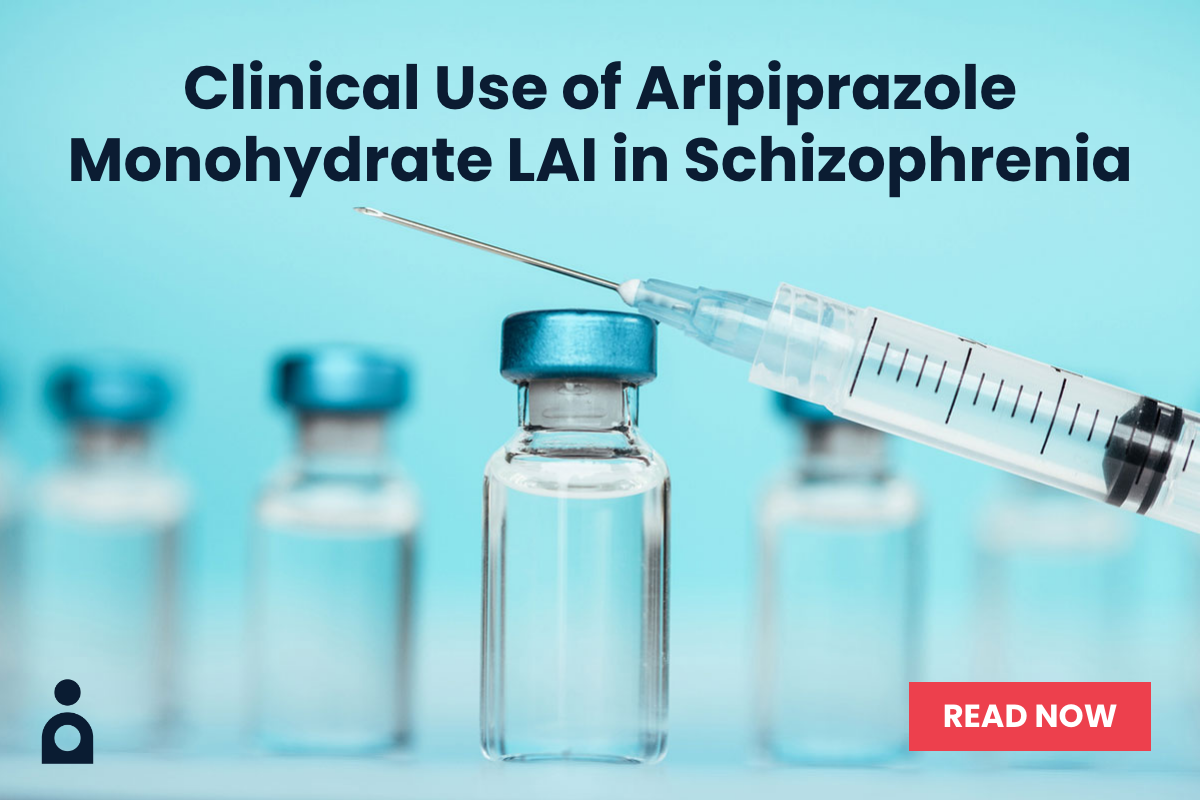The term atypical depression dates to the first wave of reports describing differential response tomonoamine oxidase inhibitors (MAOIs) and tricyclic antidepressants (TCAs). In contrast to more TCA-responsivedepressions, patients with so-called atypical symptoms (e.g., hypersomnia, interpersonal sensitivity,leaden paralysis, increased appetite and/or weight, and phobic anxiety) were observed to be more responsiveto MAOIs. After several decades of controversy and debate, the phrase “with atypical features” wasadded as an episode specifier in the DSM-IV in 1994. The 1-year prevalence of the defined atypical depressionsubtype is approximately 1% to 4%; around 15% to 29% of patients with major depressive disorderhave atypical depression. Hardly “atypical” in contemporary contexts, atypical depression also is common indysthymic bipolar II disorders and is notable for its early age at onset, more chronic course, and high rates ofcomorbidity with social phobia and panic disorder with agoraphobia. The requirement of preserved moodreactivity is arguably the most controversial of the DSM-IV criteria for atypical depression. When comparedwith melancholia, the neurobiological profiles of patients with atypical depression are relatively normal. Theutility of the atypical depression subtype for differential therapeutics diminished substantially when the TCAswere supplanted as first-line antidepressants by the selective serotonin reuptake inhibitors. Although introductionof safer MAOIs has fostered renewed interest in atypical depression, the validity and importance ofthe DSM-IV definition of atypical depression for the nosology of affective illness remains an open question.
This PDF is free for all visitors!

